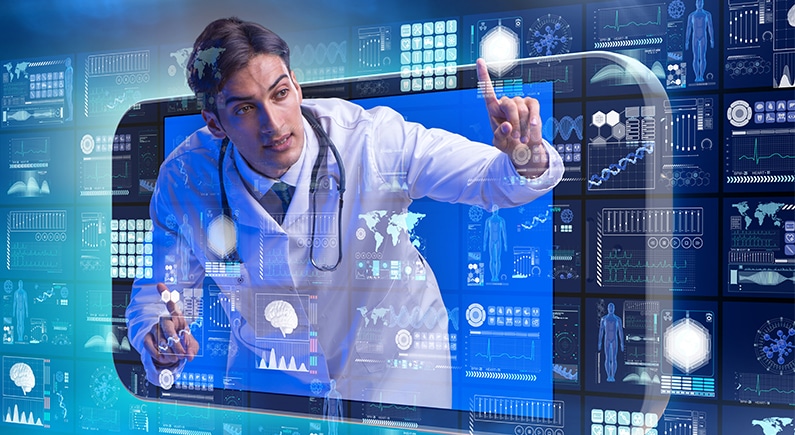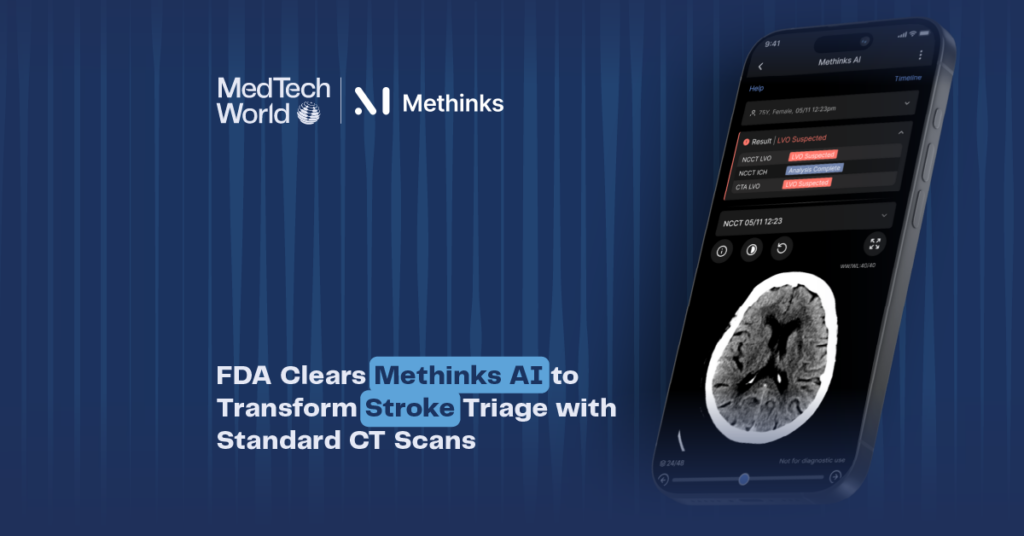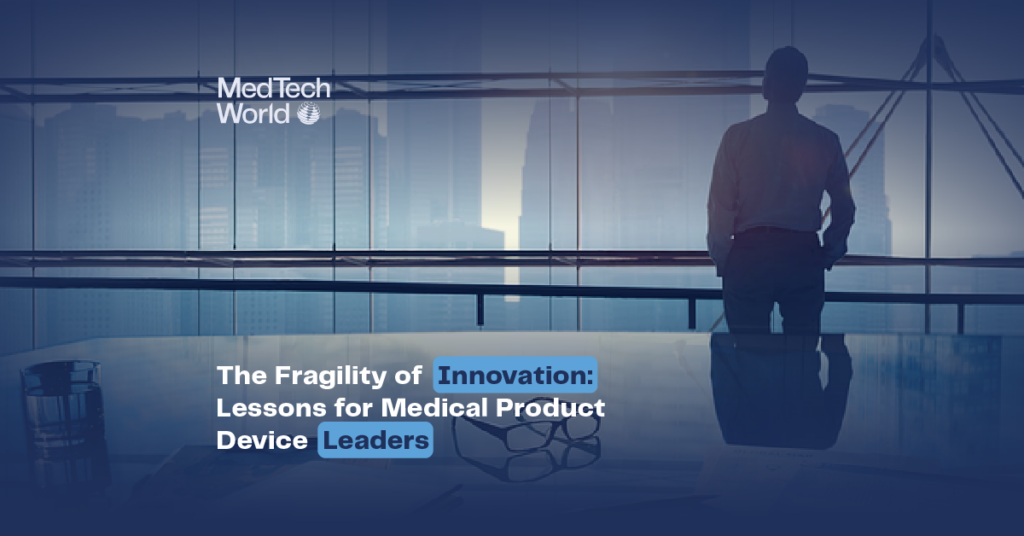
Michael Joe Cini
2nd May 2022
Telemedicine: The Benefits and Challenges of Remote Patient Monitoring
Adoption has made a big leap forward when it comes to remote patient monitoring, especially in the wake of the pandemic
Bringing solutions to the healthcare industry?
Telemedicine, in different forms, has been practiced for well over 60 years. Over the years, it has meant different things to different people; for example, in its simplest form, a doctor giving clinical advice over the phone is practicing remote patient monitoring. However, there is a continual evolution and improved understanding of telemedicine, and for this, it is thought to be the use of technology in delivering medical care to remote patients. In cases where fast medical response time and specialty care are needed, the availability of telemedicine can be critical.
Remote patient monitoring (RPM) is the use of advances in information technology to monitor and gather patient data outside of the conventional clinical setting. Telemedicine is the actual technology that makes possible remote patient monitoring.
With the Covid-19 pandemic and the overwhelming effect on medicine and its practice, the adoption of telemedicine has made a big leap forward. RPM is increasingly being adopted by physicians and sustained by many reimbursement policies.
The benefits of remote patient monitoring:
RPM has proven benefits for the patients, caregivers, healthcare providers, and the healthcare system as a whole.
Supports Telemedicine
Telemedicine visits complemented by RPM allow physicians to make accurate decisions the moment a patient’s health shows concerning changes. The development of new symptoms in a patient may require an immediate telemedicine visit to check the patient’s wellbeing and make necessary adjustments in the treatment of such a patient.
Although this combination might increase the healthcare providers’ workload, the benefit still outweighs this concern.
Risk Reduction
Monitoring health indicators such as blood sugar and vital signs help reduce the risk of hospitalization. Asides from this, RPM reduces hospital visits thereby reducing the risk of exposure to infectious diseases and nosocomial infections. This is especially advantageous in pregnancy, the extreme of ages, chronic illness, or immunosuppressed/immunocompromised patients.
Clinical Trials
One main challenge of clinical trials is recruitment difficulty. There is inconsistency in data collection due to participants not meeting the in-person visit requirements for periodic check-ins; this consequently affects the final results of the clinical trial.
With RPM, more consistent and accurate data would be collected.
Improves Care
In 2019, a study conducted among adults in the US showed that RPM provided a better health outcome in 49% of the respondents and prompted 42% of them to take ownership of their health, resulting in improvement in healthcare.
Also, the inconvenience, costs, and expenses of an in-person visit are avoided when patients receive care through RPM.
The challenges
Despite the accelerated development and widespread acceptance of RPM, some challenges have been identified by healthcare providers:
Many doctors have reported low pay out rates. Implementing RPM technology and performing the corresponding administrative works mostly requires hiring additional staff(s); this increases the costs of RPM.
There are uncertain specifications in the RPM return rules. The rules state that two healthcare providers cannot bill the same remote patient tracking codes to the same patient at the same time. However, healthcare providers have disproven this; they affirmed that, quite often, patients receive telemedicine care for different medical problems from different clinicians.
Many patients are hesitating to sign up for RPM; this could be linked to the perceived extra costs for some services. For instance, the reimbursement rules are not well-structured enough to help patients in self-recording and transmitting vital signs and other parameters to RPM healthcare providers, which results in a part of the costs being delivered to the patient.
What to do?
To increase the adoption of RPM, technology companies, through biomarker-based and research-backed medical solutions, can provide the right tools for disease burden tracking. They can also make use of innovative technologies that will be FDA-cleared and will eventually assist patients.
Marketers, as well as product managers, have the tools and capabilities to promote an RPM-ready mindset and culture among patients by improving patients’ digital experience.
Conclusion
Successful adoption and use of RPM depends on the patients, healthcare providers, payers, and technology developers. Willingness to accept and use RPM hinges on the change of mindset of these main players. Developers need to create more cost-efficient solutions that can be easily and fully understood by the patients.
About Med-Tech World:
Being led by physicians we have a deeper understanding of how things in the healthcare industry work. We know healthcare is not like any other industry and as a result provide the expertise that others do not. Have an exhibition booth of your own, throw a specific side event, or else just tell us what you want to get out of Med-Tech and we’ll have a dedicated team drum up the most relevant opportunities for you.




